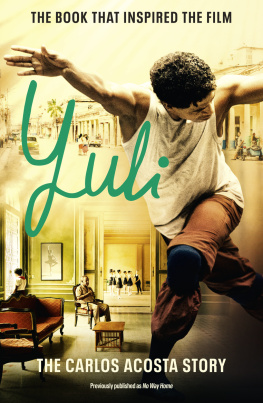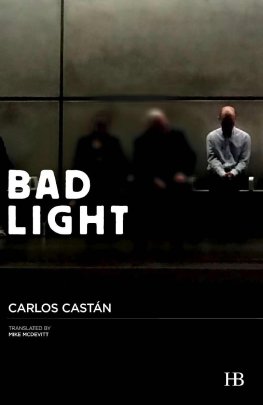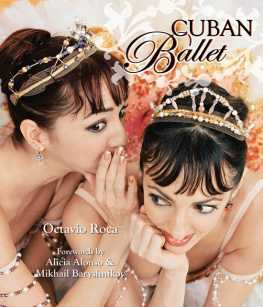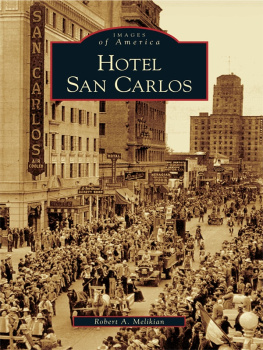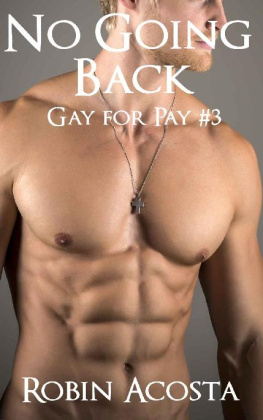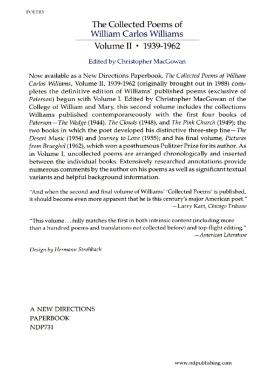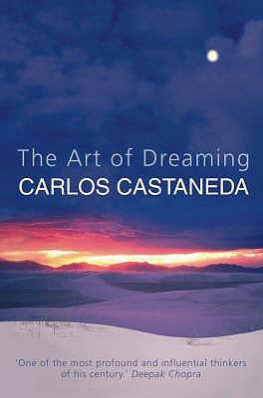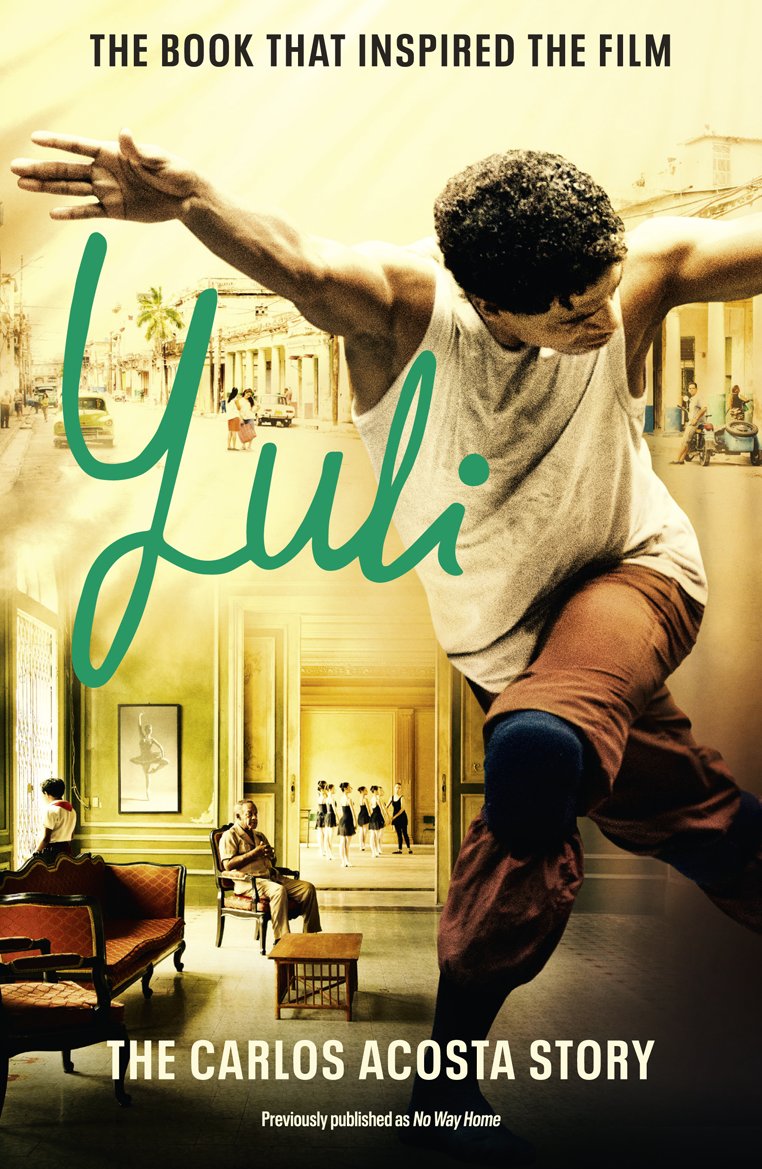I grew up in Los Pinos, a neighbourhood in the suburbs of Havana, a combination of city and country where asphalt streets and wooden houses vividly contrast with the vegetation that fills every available space and lends the landscape infinite varieties of green. Los Pinos was famous for La Finca, a leafy area of fruit trees and red earth covering some five square kilometres, extending as far as the Quinta Canaria Convent to the east, the district of La Ginera to the north and Vieja Linda to the west. Legend had it that La Finca was inhabited by spirits who turned themselves into owls and hooted not only at night-time but also during daylight hours.
To reach La Finca you had to climb a hill past the Russian lorry repair shop and carry on until you got to Cundos place. Cundo was the best known salesman in the neighbourhood. His house was essentially a small cooperative which sold sugar cane, coconuts, fresh goats milk, mangos and tobacco. A few metres on were the fibreboard caves half-finished abandoned houses, their floors lined with pieces of cardboard, with grass and weeds growing high around them. This spot was commonly known as the Place of Infidelity. After crossing the first of several streams, where you could fish for prawns, there were natural caves draped with green creepers and huge malanga plants known as elephants ears. From there you could no longer see the lorry repair shop, nor Cundos house. The tall royal palms and the avocado and mamey bushes blocked out the sun, making the air dank and humid. The terrain became increasingly irregular. Hills would suddenly loom up that were awkward to climb. You had to part the undergrowth with a garabato, a hooked stick usually made from a tree branch, then help yourself along by grabbing on to tree trunks. The atmosphere was full of enchantment as the spirits-turned-owls hooted out their sorrows and songs all around you.
After scaling the biggest hill you came to a rocky, sandy plateau. This was the only place that was not shaded by trees and people would dry themselves off there after bathing in the pool, which was an abandoned reservoir about four metres long and three metres deep, filled with filthy, contaminated water. At the bottom there were channels and holes full of broken beer bottles and empty cans. Many people got ill after swimming in that water, one or two drowned. Parents used to forbid their children from going there, warning that they would get worms, or they would threaten us, If you go into the forest, the owls will eat you. Nevertheless, whenever we were out of the house, we could always be found in those pestilential waters, or standing on the sandy plateau, looking out towards the distant streams in the west, the tobacco crops and the fields of cows.
Most of the inhabitants of the neighbourhood were workers, country people, hawkers and street-traders. Carriages pulled by horses took adults and children alike for a ride for a fee of one peseta, and people used wooden handcarts to carry their food. The noise of those rudimentary vehicles echoed through the streets, mingling with the cries of the scissor-sharpener, the mattress- stretcher and the fruit-seller.
Each house had a ration book. Foodstuffs that were rationed, such as grain, oil, salt and sugar, came into the grocery store once a month. It was the same with meat at the butchers, fish at the fishmongers and milk products at the dairy. We would queue from early in the morning, and at nine, when the grocery opened, there would be a giant snaking line of handcarts and people holding sacks, bags, jars and casserole dishes. Similar queues would form to buy bread, and the three toys that each house was allocated by the government every year. Everybody waited their turn patiently, telling each other their problems and sharing the latest neighbourhood gossip. People would play dominoes, drink rum and dance salsa together. You lived as part of a community and were grateful for the achievements of the Revolution, even though you might secretly listen to the rock music that was synonymous with imperialism.
In the eighties, nearly all the families in my neighbourhood received the minimum wage of about 70 pesos a month, with the exception of a few who earned a little more or a little less. The contrast between families was not really visible. Nobody had washing machines or dishwashers and the few households with television sets would watch them in black and white. Most people got their information from the radio. Electrical appliances from the fifties still survived thanks to peoples inventiveness. It was very common to find an American-made refrigerator or cooker functioning with Russian parts. The inside of every house reflected the countrys recent history.
Even though it was a poor neighbourhood, everyone had their pride. Every Sunday voluntary work groups were organized, where people would cut lawns, paint houses, sweep pavements and collect litter to compete with the other blocks in the area. A delegation organized by the Committee for the Defence of the Revolution would pass through block by block examining everything, from the lawns to the houses, even the lampposts, and the next day everybody would know which block had won. There were also el Plan de laCalle, Street Plan, competitions, which were big community parties that included singing and dancing contests, sack-races and hundred- metre running races. People sold home-made refreshments like ice- lollipops, meringues, meat and potato croquettes and soft drinks to the hundreds of people who came to the parties from the nearby neighbourhoods. The smell of ripe fruit that was characteristic of our neighbourhood was so strong that it impregnated the very fabric of our clothes and cancelled out all other odours. The inhabitants of Los Pinos smelt of guava in April, of custard apple in May and of mango in June. It was the aroma of those people, combined with the humility that poverty brings, that made Los Pinos a magical place.
It was in that little town, surrounded by music, dominoes, rum, the smell of fruit and the hooting of owls, that I spent my childhood. Most of the houses on my block were made of wood, but ours was a strange edifice consisting of six apartments divided by a staircase. Our apartment was in the upper part of this two-storey building. When I was a little boy, it seemed enormous, but it was really a miserable hovel without running water, either because of a problem with the plumbing or by some greater design of God, which meant that we had to carry that precious liquid, bucket by careful bucketful, up and down the many stairs. It was a narrow house, with rustic furniture and cracks in the walls where families of voracious termites lived. Shining empty beer cans added colour to the interior decoration, as did the black doll that represented one of the goddesses of the Yoruba pantheon, and the vase of sunflowers, usually wilted, that sat on one side of the shelf among photographs of relatives, faded by time, and a painting of the Sacred Heart of Jesus, a feature commonly seen in humble homes like ours.
In one corner of the living room, my father, Pedro Acosta, hid his shrine, which comprised a pot of long nails, the kind that are used to secure railway lines; a small bow and arrow; miniature tools made of iron; a stone with shells stuck onto it to represent the eyes and mouth of a face; and a long-stemmed iron cup with a cockerel on top of it, which must never be allowed to fall over, or something terrible would happen. My father was a zealous devotee of Santera and he lost no opportunity to venerate the African gods with offerings and prayers, even though in those days in Cuba it was a sin against the state to have religious beliefs. Nothing and nobody could come between him and his devotions. Every so often he would leave a buffet at the disposal of the saints: juicy guavas, bananas ripening to yellow perfection, little cakes and sweets. At times like these, we asked ourselves if he had gone mad. We very rarely had enough to eat; the rice had to be eked out in order to last the month, as did all the other rationed foodstuffs, but the saints were provided with all that luxury despite the shortages. It was terrible profligacy. One day, unable to resist temptation, I shooed away my pet rabbits, Negrito and Canela, who were investigating the shrine, and ate everything: the guavas, the sweets, the piece of cake, even the ants that regularly fed on my fathers offerings. When my father found out what I had done, he could only just resist the temptation to crack my head open.

